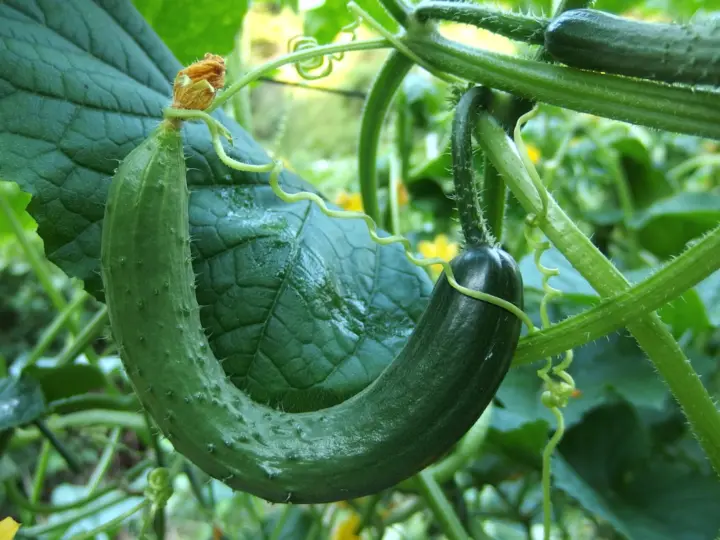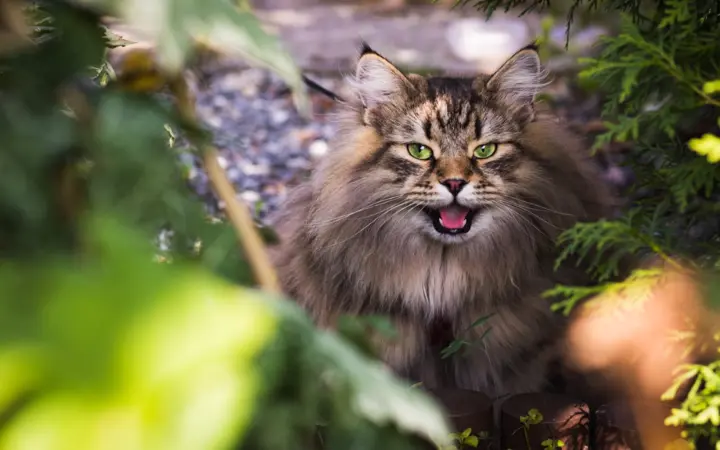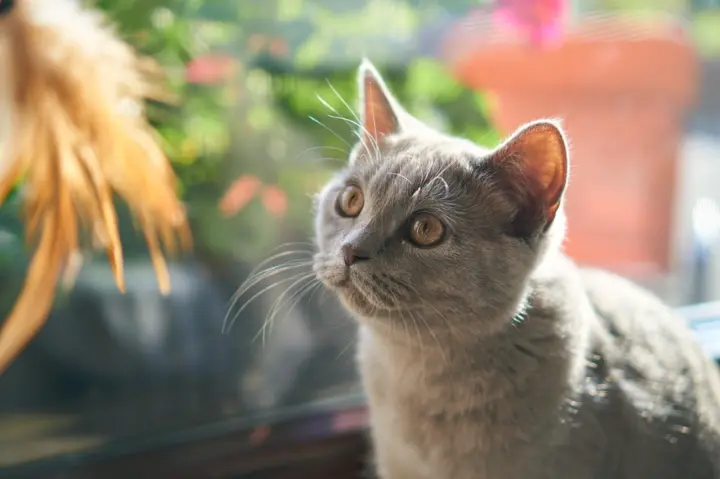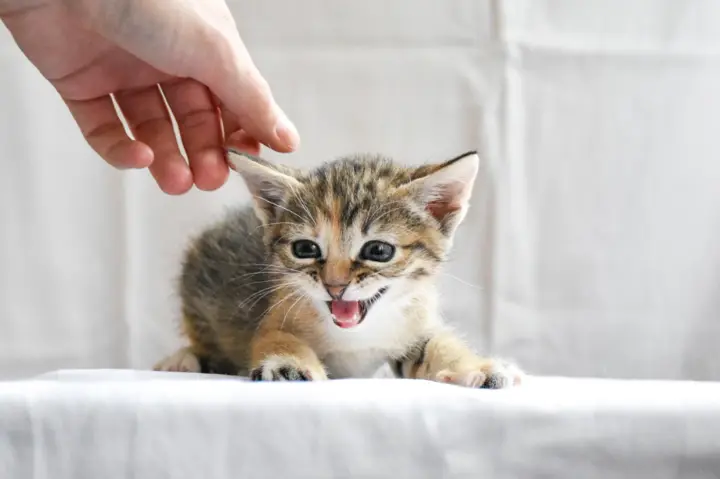Cats versus cucumbers: why are cats afraid of cucumbers?
The Internet is a strange place. If you spend too much time – 5 hours or so – browsing in it, you'll be immersed in the powerful vortex of Internet content that resembles a Charybdis monster. On this day, I traveled through time from toddlers tasting lemons for the first time to watching cats feel scared in broad daylight. In the video, cats of different species are recorded jumping in the air due to extreme horror and fear at the sight of cucumbers. Yes, just your medium green options!
Show key points
- Spending extended time online can lead to falling into an overwhelming spiral of bizarre and captivating content.
- Viral videos show cats reacting fearfully to cucumbers, but the fear stems from surprise, not the vegetable itself.
- Experts suggest that cats associate the shape and sudden appearance of cucumbers with snakes, their natural predators.
- ADVERTISEMENT
- The placement of cucumbers behind cats while they eat startles them because mealtime is when they feel most secure.
- A cat’s sudden reaction includes physical responses like jumping, muscle tension, and elevated heart rate due to fear.
- Repeatedly scaring cats with cucumbers can result in long-term stress, anxiety, and potential health risks.
- It's recommended that pet owners gently introduce unfamiliar objects to cats rather than frightening them for amusement.
Of course, one must question the scientific truth of anything on the Internet. As it turns out, the fear that cats show is certainly real, but the threat – cucumbers – is not what causes them distress. This sordid trick does not show our beloved cat the cat's fear of benign fruit (the correct classification of cucumbers), but rather the nature of the joke and the similarity with a thick slippery friend.
Recommend
Cats may associate cucumbers with snakes

Cucumbers seem like a common threat to cats – the snake, predators known to attack and even eat cats. This resemblance to something threatening can be annoying for cats.
According to Jill Goldman, a certified animal behavior researcher in Southern California, cucumbers may look like snakes for cats, thanks to the long green exterior of these vegetables.
Cats are horrified by the things they creep into.

As it turns out, it's not about cucumbers being surreptitiously placed behind a cat, but anything that sneaks into the cat can scare it. Cats are sharp and attentive animals, and as such, they always maintain their caution and have a good awareness of the surrounding situation.
If you've watched videos like this of cucumber-afraid cats, you've probably noticed that cucumbers are deliberately placed behind cats when they're enjoying their meal with their heads buried in a food bowl.
Cats only eat when they are sure they are not immediately threatened by anyone/anyone in their environment; in other words, cats connect their "food stations" to areas where they are completely safe.
So when a cat spots a green cucumber lying on the ground behind it, it scares it because it doesn't expect it to be there.
Dr Roger Mogford, an animal behaviour specialist, says: "I think the reaction is due to the novelty and surprise of finding an unusual object secretly placed while the cats' heads were in the food bowl. Cats don't usually find cucumbers lying on the floor, so the absolute novelty of their existence scares them.
Sudden response to cats

Unknown things, which may seem threatening, trigger "sudden responses" in the cat. Jumping, increased heart rate and aggressive response is how a cat reacts to a surprise. As soon as a cat becomes aware of the stimuli, its muscles harden, its back arches, its heart rate increases, and its response to fear increases.
These responses are not limited to cats. Humans and other animals react similarly to surprises. You've probably jumped or screamed when you hear a sudden loud noise, your heart rate increases, and you get nervous the next minute or so.
After the sudden stimulation ends, it takes some time for the heartbeat to return to normal and levels of hormones such as adrenaline to normal.
This arc includes the brainstem, the lower part of the brain connected to the spinal cord, the parts of the limbic system responsible for perceived fear and threat, and the hypothalamus and associated pituitary gland area, where hormones such as adrenaline are released that cause many physiological changes in the body.
Why you should not scare cats with cucumbers

Seeing a cat jump in the air out of sheer fear may make you laugh, but it's actually not fun, at least for the cat.
As mentioned earlier, cats are really afraid of the sudden appearance of green invaders, so they want to escape as quickly as possible. In order to achieve this escape, the cat may break something, hurt others in the area, or even hurt itself, and this may also strain the cat for a long time.
Research on the effects of triggering a sudden response on rodents and humans has shown that frequent "surprises" can cause constant anxiety and stress, and can also be applied to cats and many other mammals. Constant anxiety and stress can reduce your pet's overall health and weaken their immune system, making them more susceptible to disease.
Trying to scare a cat in this way is not only wrong, but also very cruel. Instead of pushing a new toy or cucumber to your cat, try offering it gradually. Frequent exposure will make the cat feel comfortable with cucumbers or something else. Cats get used to something, a neuroscientist might say.








